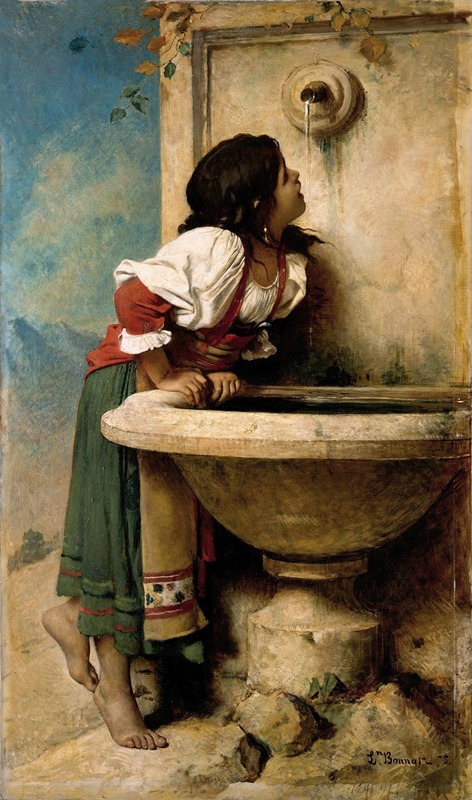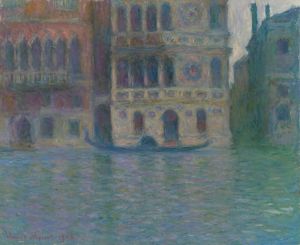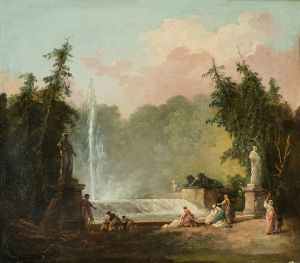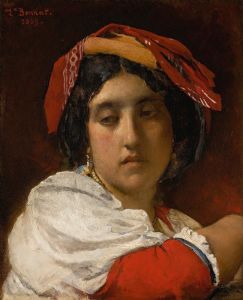
Roman Girl at a Fountain
A hand-painted replica of Léon Bonnat’s masterpiece Roman Girl at a Fountain, meticulously crafted by professional artists to capture the true essence of the original. Each piece is created with museum-quality canvas and rare mineral pigments, carefully painted by experienced artists with delicate brushstrokes and rich, layered colors to perfectly recreate the texture of the original artwork. Unlike machine-printed reproductions, this hand-painted version brings the painting to life, infused with the artist’s emotions and skill in every stroke. Whether for personal collection or home decoration, it instantly elevates the artistic atmosphere of any space.
"Roman Girl at a Fountain" is a painting by the French artist Léon Bonnat, completed in 1875. Bonnat, a prominent figure in the 19th-century art world, is known for his realistic style and his ability to capture the human form with great precision and sensitivity. This particular painting is a testament to his skill in depicting everyday life with a sense of grace and authenticity.
The painting portrays a young Roman girl standing by a fountain, a common sight in the streets of Rome during the 19th century. The girl is depicted in a moment of pause, her gaze directed away from the viewer, which adds a sense of introspection and tranquility to the scene. She is dressed in simple, traditional Roman attire, which Bonnat renders with meticulous attention to detail, highlighting the textures and folds of the fabric.
Bonnat's use of light and shadow in "Roman Girl at a Fountain" is particularly noteworthy. The play of light across the girl's face and clothing creates a lifelike quality, while the shadows add depth and dimension to the composition. The background, though less detailed, provides a contextual setting that suggests the bustling life of Rome without detracting from the central figure.
The fountain itself is an important element of the painting, symbolizing both the life-giving properties of water and the cultural significance of fountains in Roman society. Fountains were not only practical sources of water but also social gathering spots and artistic landmarks, often adorned with sculptures and intricate designs. In this painting, the fountain serves as both a literal and metaphorical source of life, grounding the girl in her environment and connecting her to the broader cultural and historical context of Rome.
"Roman Girl at a Fountain" reflects Bonnat's interest in capturing the essence of his subjects, going beyond mere physical representation to explore their emotional and psychological states. This approach aligns with the broader trends in 19th-century art, where there was a growing emphasis on realism and the depiction of everyday life.
The painting is part of the collection at the Metropolitan Museum of Art in New York City, where it continues to be appreciated by visitors for its technical excellence and evocative portrayal of a moment in time. Bonnat's ability to convey the quiet dignity and beauty of ordinary people is evident in this work, making it a significant piece in his oeuvre.
Léon Bonnat's career was marked by numerous accolades and achievements. He was a respected teacher and mentor to many young artists, and his influence extended beyond his own works to shape the direction of French art in the late 19th and early 20th centuries. "Roman Girl at a Fountain" remains a celebrated example of his artistic vision and skill, capturing the timeless beauty of a simple, yet profound, moment in the life of a young Roman girl.


















